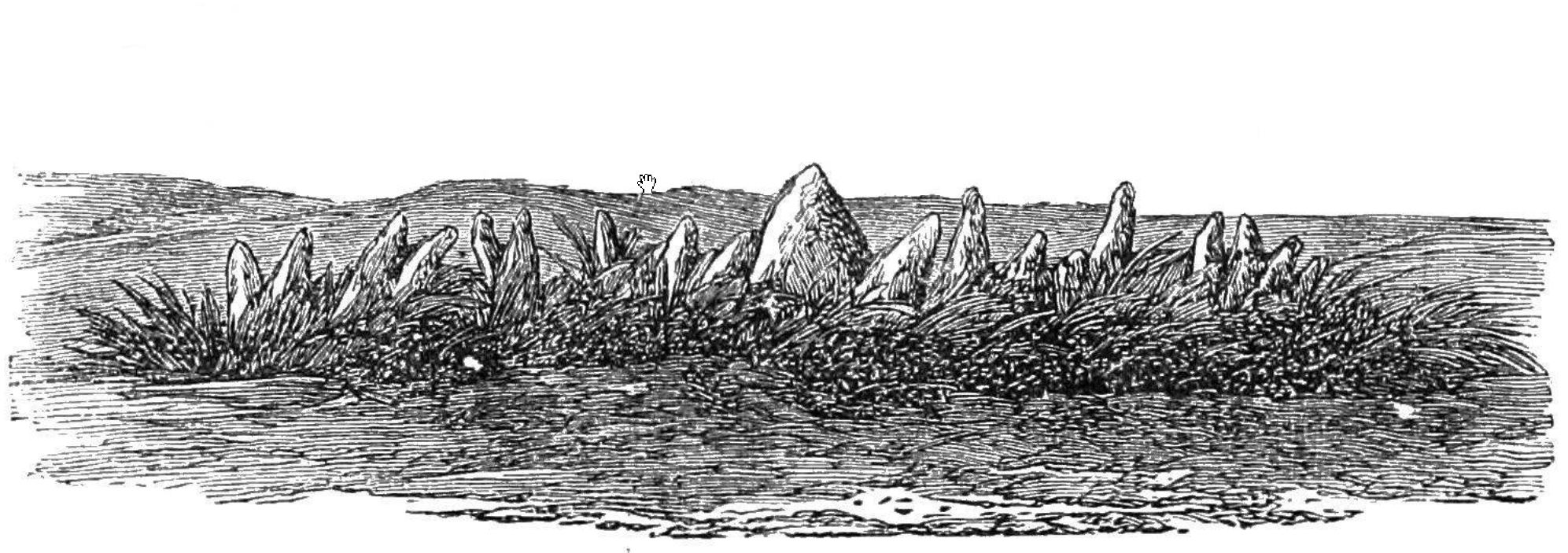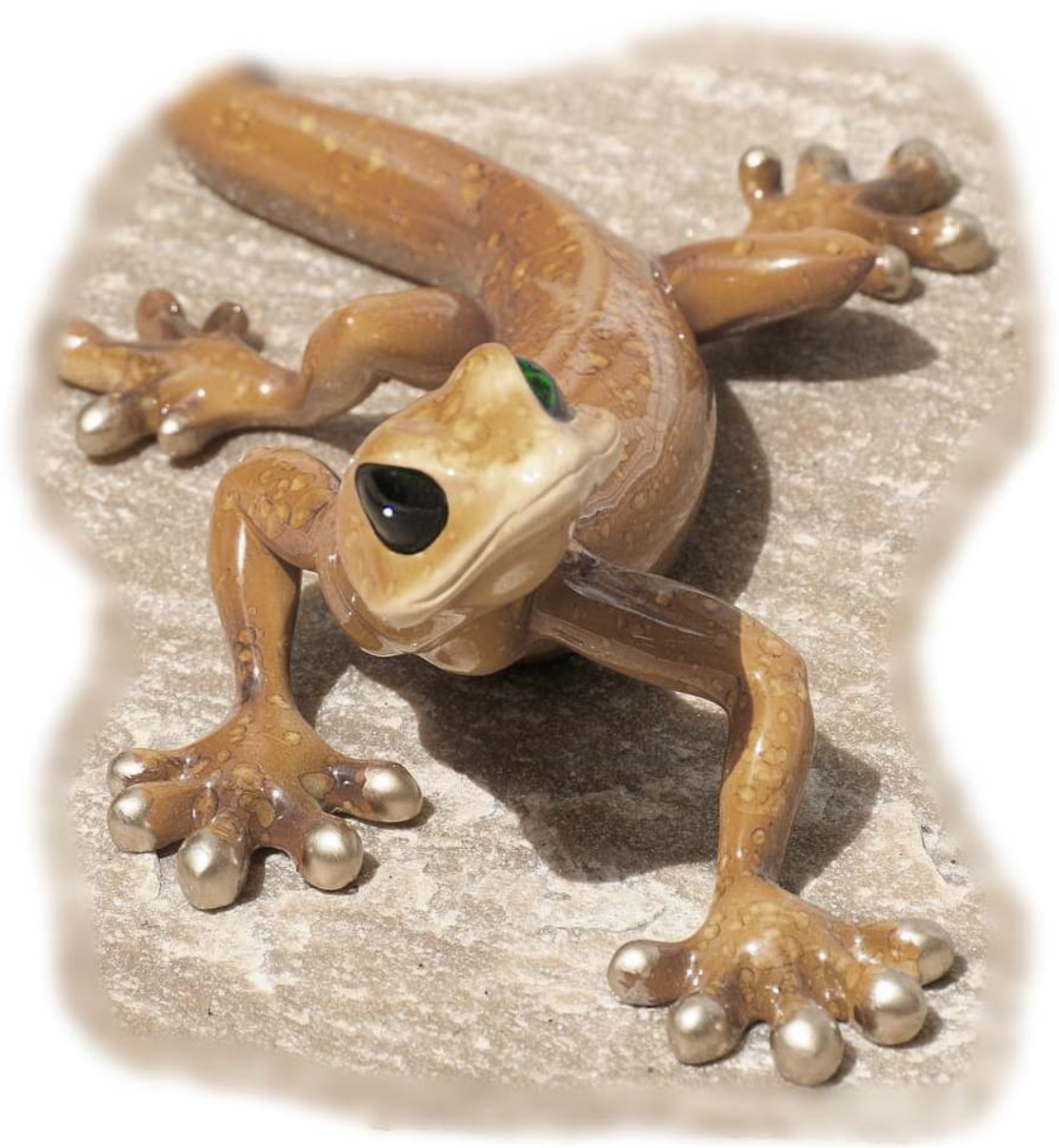The Rhabdomane
This article originally appeared in issue 001 of Cepheus Journal, and reprinted with permission here and in the July/August 2021 issue.
A small pseudolizard species, rhabdomanes lives in a colonial fashion like terrestrial termites. On their homeworld they inhabit the fringes of deserts where water is not generally available but not entirely absent either. Ever since humans first visited their planet, however, the rhabdomane has become a pest species, spreading along trade routes to worlds far afield. While barely noticeable at home, the absence of their natural predators, parthenogenetic reproduction, and poisonous skin means they can spread very quickly on a new planet, overwhelming any plains or steppe biome in just a few decades.
An individual rhabdomane is an unimpressive thing, a yellow-brown tetrapod with smooth, slightly damp skin, and a body and tail each about the length of a human finger. In the wild they are almost never encountered alone. Instead they form colonies of up to 25,000 specimens, living in hard mounds they build out of dirt and saliva, and which soar as much as three meters above ground. Each colony may have dozens of mounds tightly packed over an area of several hundred square meters.
Rhabdomanes will ruin farmland and, in the long run, entire ecologies by cutting out the base of the ecosystem: any small animal in an insectlike niche is their preferred prey, and they will also eat the tender parts of newly growing plants. In time they will transform a rich area into a parched wasteland where erosion has driven off much of the soil—which happens to be the kind of climate they evolved to exploit on their homeworld, further entrenching their place. Given free reign, colonies may appear every few hundred meters over a very wide area, an artificial badland that grows out from its edges every year.
Adventurers may encounter the species in a variety of ways:
Many governments are paranoid about rhabdomanes being introduced to their world’s ecology, particularly those a short trip away from another world where the species has already taken hold. As rhabdomanes are parthenogenic, it takes only one hiding in the cargo hold to start trouble, and a ship may be checked far more carefully than usual if one is suspected (or, worse, been found).
Rhabdomanes are aggressive to those who approach a colony too closely and will often swarm. Though too small to do any physical damage, their moist skins carry a nerve poison that (given enough hits) will eventually cause respiratory failure in a human.
Adventurers may want to approach a colony any way. In their self-generated arid environments, pushing over a rhabdomane mound is often the only way to get any drinkable water should supplies run low. Each mound cluster will reveal a muddy reservoir of 1D×10 liters at the root of its largest mound.
Ecologists from many worlds are interested in curtailing the damage the species is inflicting and may hire others to take them where the rhabdomanes live, sometimes just to study them and other times to try out a new strategy for killing them off.
Rhabdomane (Migalis
aurantiacus)
50g Eater (Omnivore), Plains Walker,
15116F, #App: 5D
Athletics-0, Melee(Natural Weapons)-1
Special Damage (see below); None;
Speed: 3m
On a hit a rhabdomane does no physical damage but will do 1 point of damage from the application of poison to the skin. This damage is removed from END, STR or DEX in the usual manner. Armor does not affect the poison attack unless all skin is covered, but damage can be prevented by wearing a simple body suit with helmet, mask, and gloves; this includes a vacc suit pressed into service. An attacked person will be swarmed—the first successful hit on a character will mark them chemically and cause all the other individual animals to focus on the same target if possible.
Rhabdomane poison damage heals at the normal rate but can be cured entirely in one round with the injection of a specific antivenom. This is readily available in areas infested by the species, and can be purchased for Cr20 per dose with a successful Routine skill check against Streetwise or Medical.

A rhabdomane colony on Obrosav
 Freelance
Traveller
Freelance
Traveller